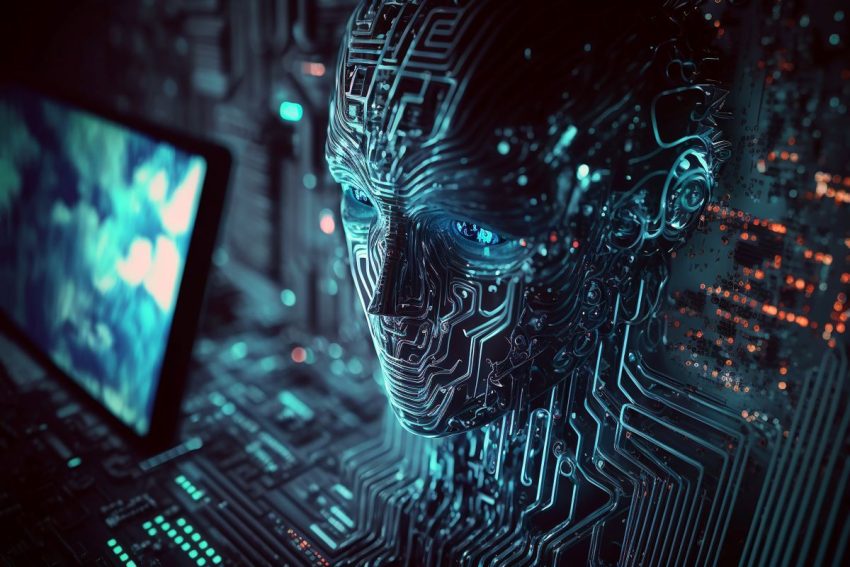Douglas MacMillan, David Ovalle and Aaron Schaffer report:
After two men brutally assaulted a security guard on a desolate train platform on the outskirts of St. Louis, county transit police detective Matthew Shute struggled to identify the culprits. He studied grainy surveillance videos, canvassed homeless shelters and repeatedly called the victim of the attack, who said he remembered almost nothing because of a brain injury from the beating.
Months later, they tried one more option.
Shute uploaded a still image from the blurry video of the incident to a facial recognition program, which uses artificial intelligence to scour the mug shots of hundreds of thousands of people arrested in the St. Louis area. Despite the poor quality of the image, the software spat out the names and photos of several people deemed to resemble one of the attackers, whose face was hooded by a winter coat and partially obscured by a surgical mask.
Though the city’s facial recognition policy warns officers that the results of the technology are “nonscientific” and “should not be used as the sole basis for any decision,” Shute proceeded to build a case against one of the AI-generated results: Christopher Gatlin, a 29-year-old father of four who had no apparent ties to the crime scene nor a history of violent offenses, as Shute would later acknowledge.
Arrested and jailed for a crime he says he didn’t commit, it would take Gatlin more than two years to clear his name.
Read more at The Washington Post.
